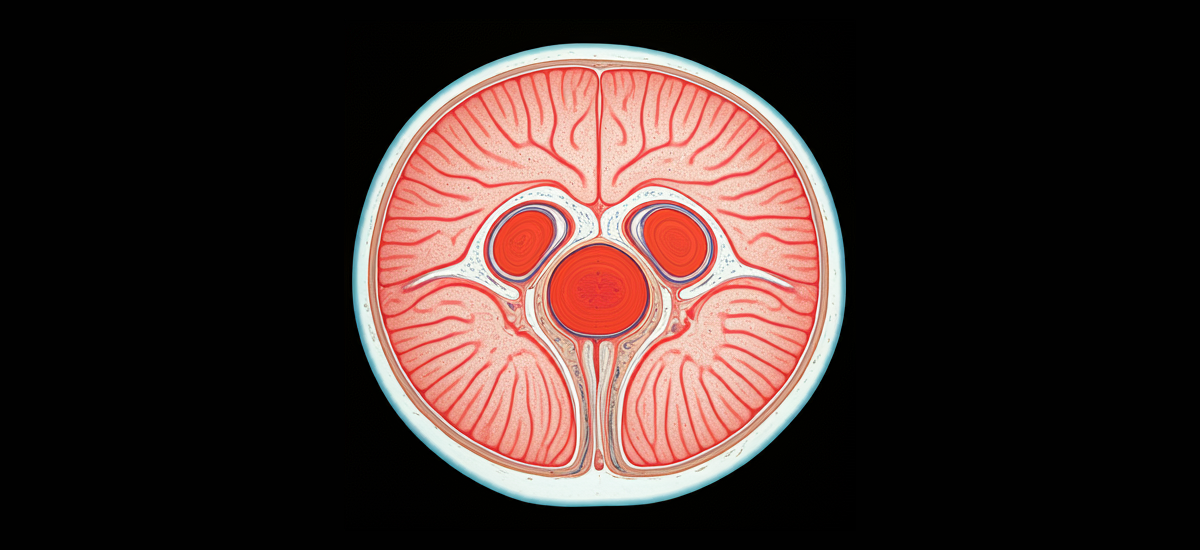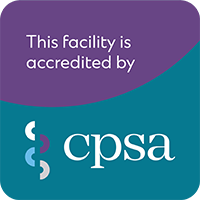Well, we’re about to find out. Here is the protocol for a study we have actually just completed. It has taken us quite a while to get the protocol published, which happened this week thankfully. Thankfully, the completed results are likely to hit the press in the coming weeks.
What Is All the Fuss About?
When pain becomes chronic (> 3-months duration), the brain adapts. The processing of input can change, and as such this wonderful neuroplastic organ can detect danger in places we didn’t know existed. Thus, the alarm bell can be ringing off for no apparent reason – that being the output we know as pain. Our brain has many million connections between the neurons. Thus, there are many possible misconnections or misinterpretations that may occur. The question has always been:
How Can We Correct Any Aberrant (Faulty) Brain Processing?
Thankfully, transcranial Direct Current Stimulation (tDCS) has been shown in different conditions (e.g. migraine) to assist brain processing and concurrently reducing pain.
What Did We Set Out to Do?
Well, under the supervision of Dr Chantal Debert at the University of Calgary, a wonderful Master’s student by the name of Kaiden aimed to determine if the application of tDCS, when combined with exercise can reduce headache duration, frequency and intensity in people with neck-related headaches. This study primarily addressed whether this was even feasible.
What Might This Mean?
Well, tDCS is portable and the prospect is that this could be used at home as a treatment for persistent pain. That is, if it is feasible, which is what this protocol set out to find. We also investigated secondary measures of pain, disability/function and quality of life to generate hypotheses for future studies.
What Did We Find?
Fot that, you’ll need to keep checking back. The results should be published shortly!





